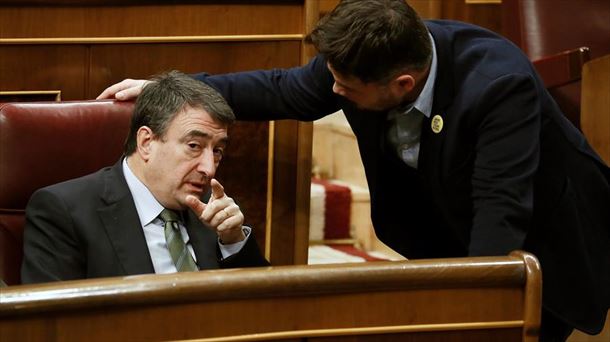The tension is increasing: a new city council is being chosen today in 284 styric congregations, more than 800,000 people have the right to vote. Eight lists compete in Kapfenberg, in wild Alps and only one. And in eleven municipalities it is already clear that a new mayor will take over the office. The first polling station in the Hall event in Mooskirchen (Voitsberg district) was open at 6.30 am.
The White-Green election marathon runs straight on the house. After the EU, National Council and Landtag elections, the fourth major urn -gang today awaits the Styrians in less than a year. They are chosen in 284 municipalities – this is all except Graz: the state capital is only back in 2026.
Of course most of the people have to lose. In 2020 since 1975 47.2 percent of the second best results. At that time there was a plus in 190 municipalities, the mayor is placed in proud 199 municipalities. In 73 municipalities, the Spös defend the chairman of the mayor and a list of lists is currently ruling in 12 communities.
All persons who have reached the age of 16 have the right to vote. In the elections of the city council, EU citizens can also vote at least 52,830 people. A total of 805,173 people have the right to vote.
Most polling stations open between seven and eight hours and close between noon and 2 pm. You can choose the longest in Pöls-Oberkurzheim, namely until 2.30 pm. The first results are then published. If you are going to vote, you must show an ID card. If you have applied for an election card, you must take it with you.
The Graz environment is by far the most populated district with nearly 134,000 eligible voters. Bruck-Mürzzuschlag (81,496) and Weiz (76,581) follow with a distance of respect-it is the least in Murau with almost 23,000. Leoben (about 18,800) has his nose for the cities and municipalities. There are the least voters in Hohentauern (336).
Eleven mayors no longer compete
Today’s election day often brings a change in the mayor’s office. Not only because of the election results, but also because eleven ruling local leaders no longer go in the race as top candidates:
- Franz Frosch (Bad Aussee)
- Stefan Knapp (Haus im Ennstal)
- Franz Platzer (Heiligenkreuz/Waasen)
- Leopold Bartsch (Pinggau)
- Ernst Fischbacher (Ramsau am Dachstein)
- Johannes Weidinger (St. Anna am Aigen)
- Cäcilia Spreitzer (St. Georgen/Kreischberg)
- Alois Doppelhofer (St. Lorenzen im Mürztal)
- Johann Hansbauer (St. Martin am Wöllmißberg)
- Wolfgang Schlick (Stadl-Predlitz)
- Ewald Peer (Weißkirchen).
For other established (and favorites) it is the last start for municipal elections. For example, Josef Ober in Feldbach, Kurt Wallner in Leoben and Erwin Gruber in Gassen announced their withdrawal to the urn gang in 2030.
Eight lists in Kapfenberg, only one in wild Alps and Aich
The Kapfenberger today has the biggest selection, no fewer than eight lists are on the mood. There are seven lists in six municipalities (Leibnitz, Weiz, Leoben, Wies, Bruck, Gratwein-Straßengel). However, the inhabitants of Wild Alps and Aich have no choice: here with Spö or ÖVP only competes one party.
Due to the falling population, only nine must be granted in Vordernberg instead of 15 seats of the city council. Conversely, it will be in Kainindorf: there will be 21 instead of 15 mandates in the future.
Source: Krone
I am Ida Scott, a journalist and content author with a passion for uncovering the truth. I have been writing professionally for Today Times Live since 2020 and specialize in political news. My career began when I was just 17; I had already developed a knack for research and an eye for detail which made me stand out from my peers.



